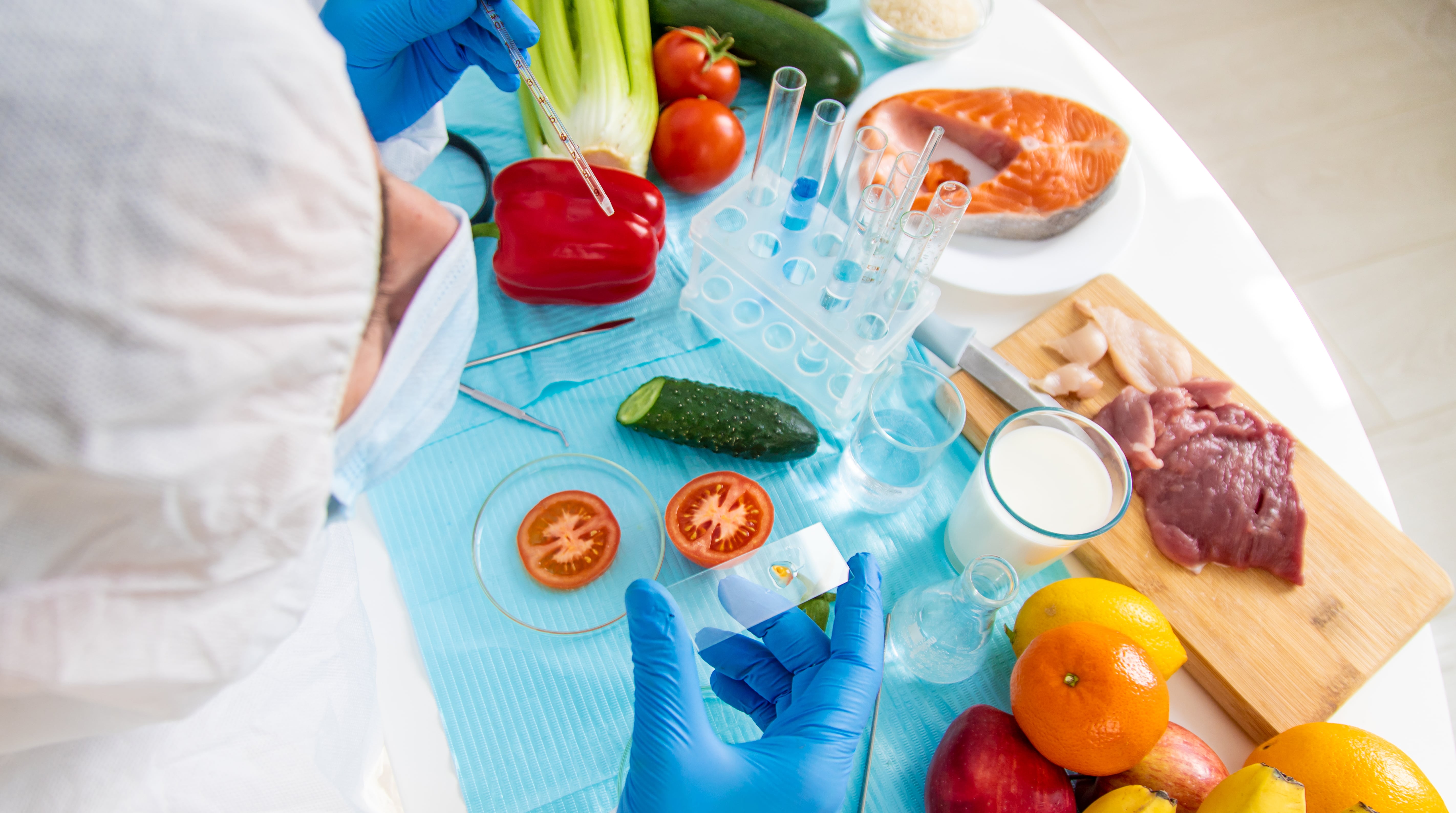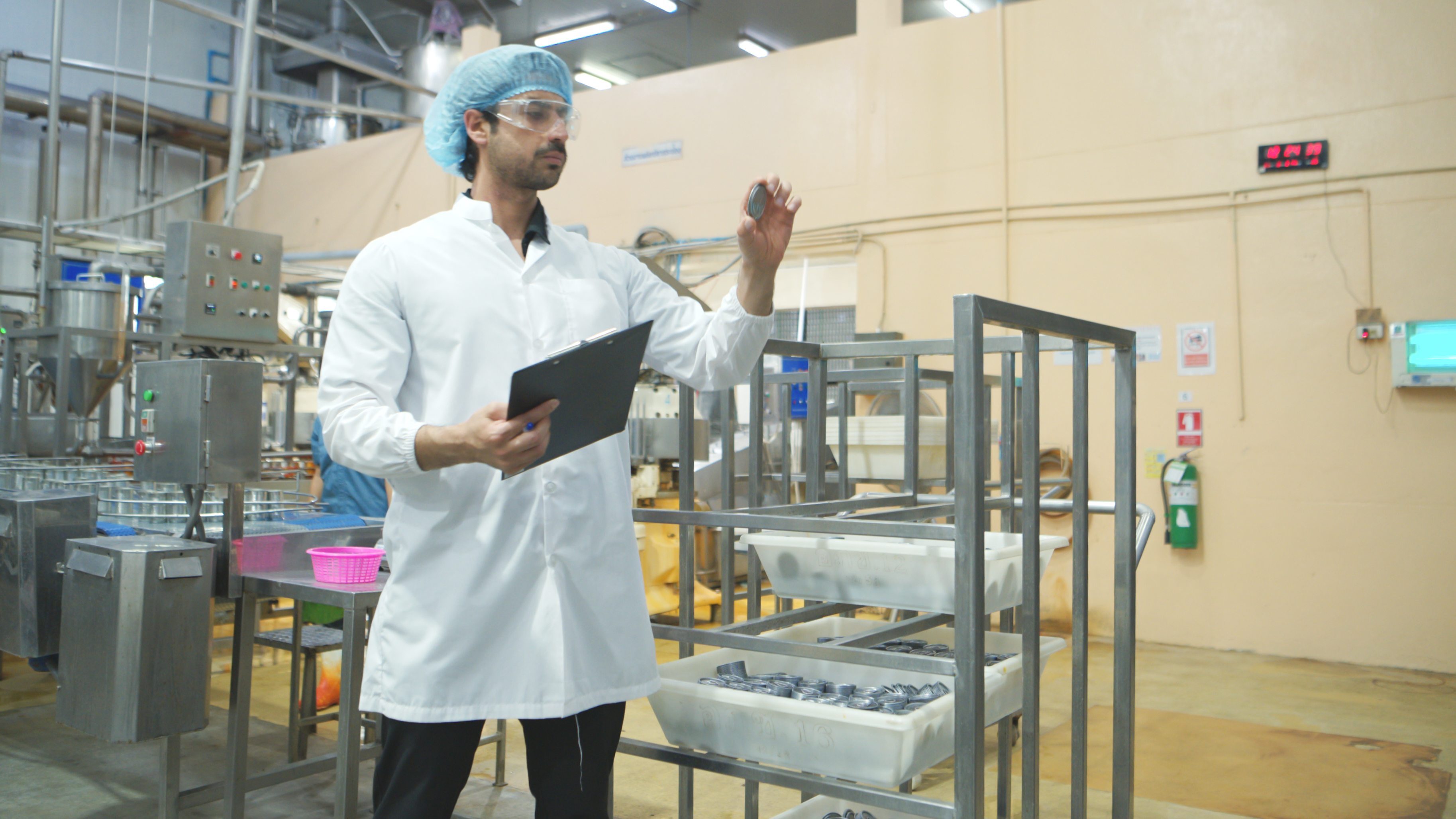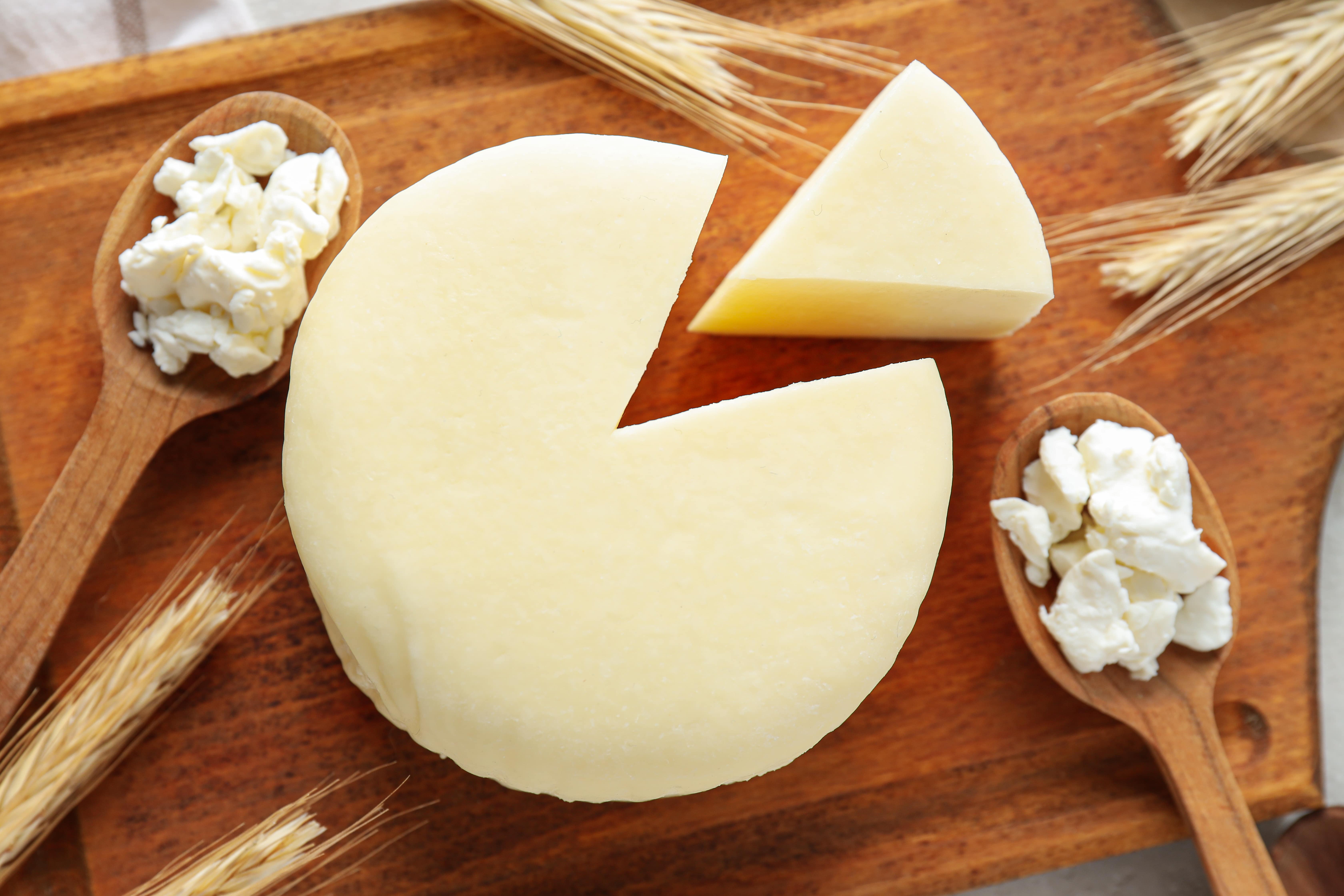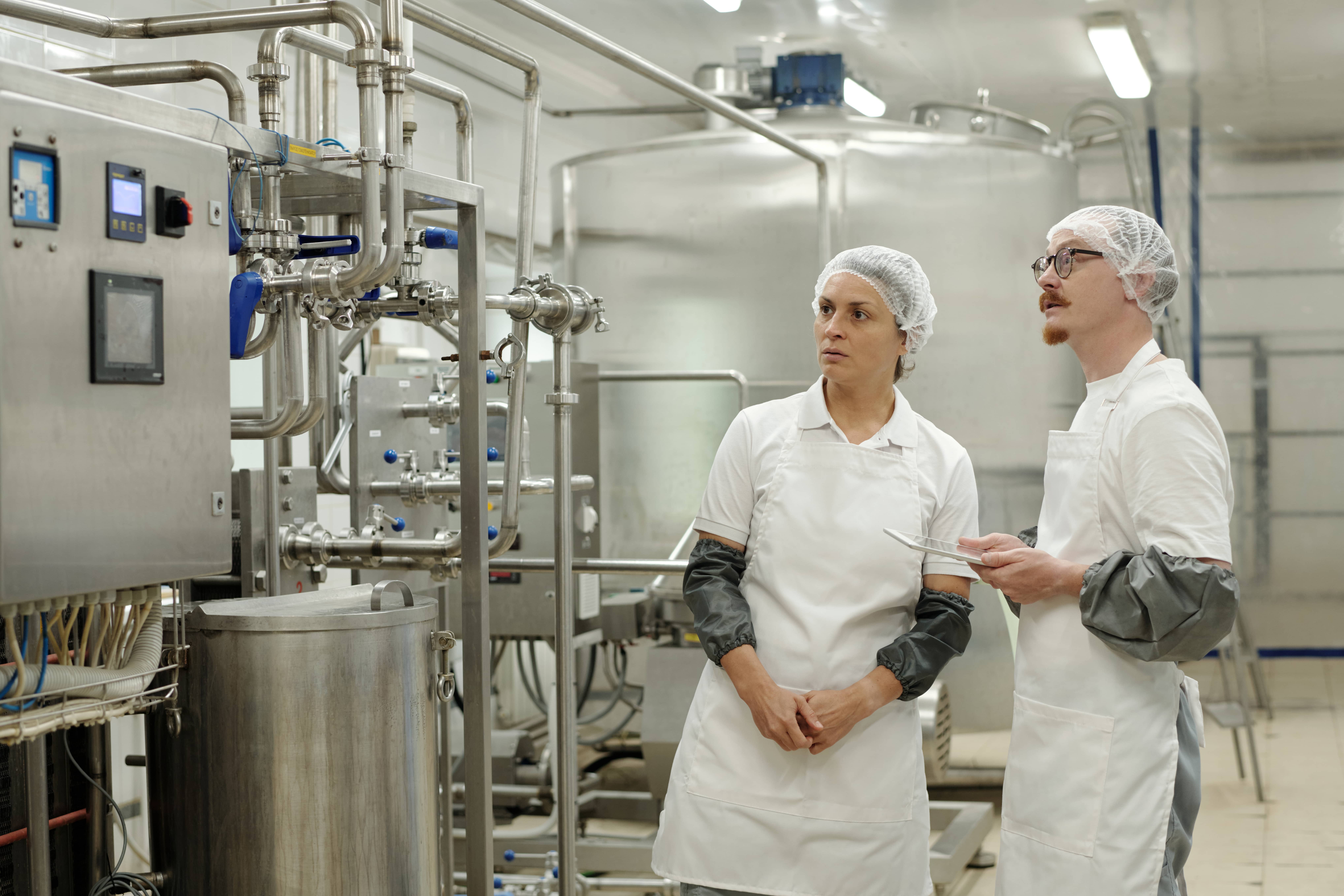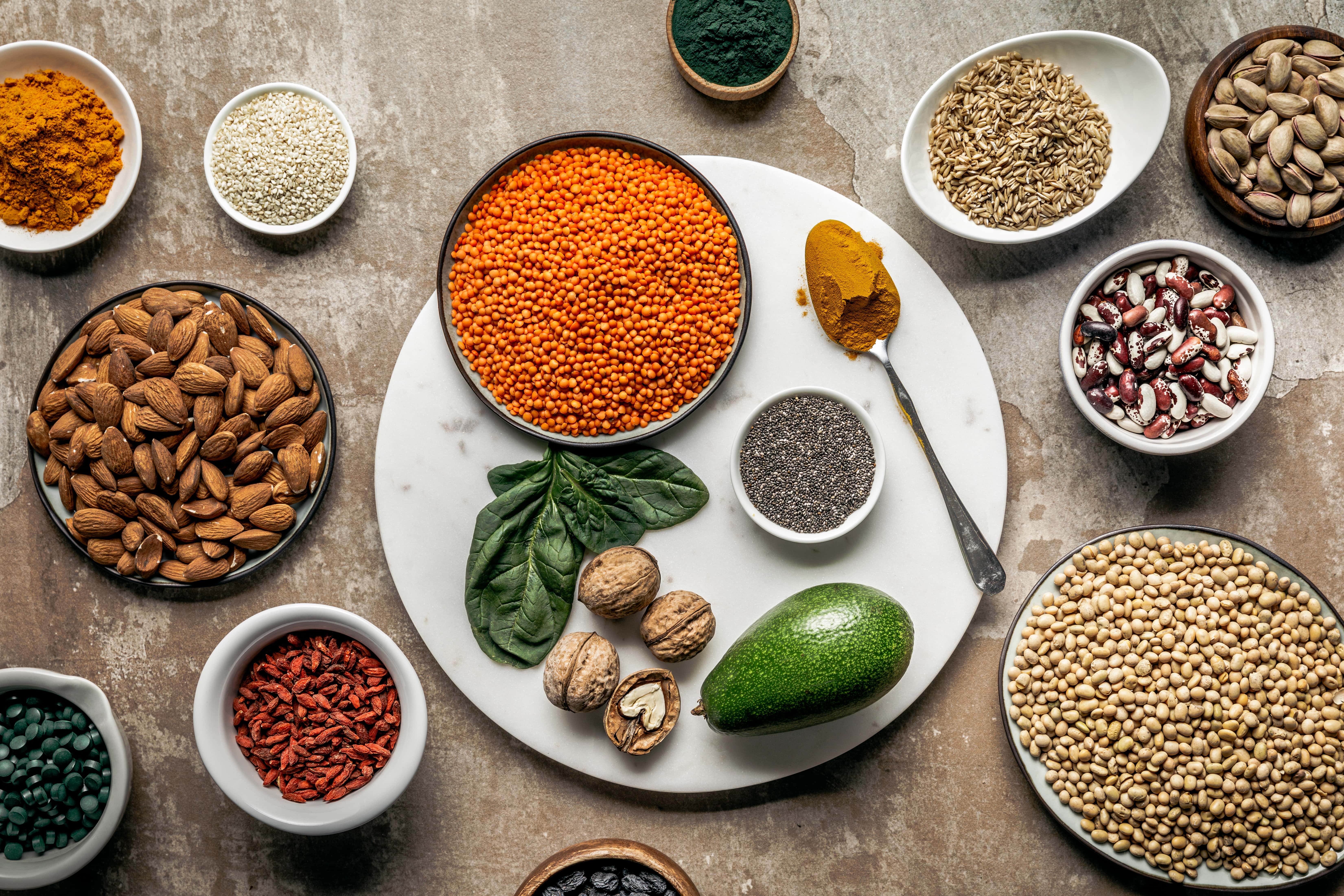Last Updated on April 11, 2025 by Admin
Physical hazards are critical when ensuring food is safe for public health. They can put people in great danger, and the food business needs to be proactive about finding, controlling, and stopping them. This piece will discuss what physical hazards in food are, the different kinds of them, some examples, and ways to prevent them.
What is a Physical Hazard in Food?
Eating something that isn’t supposed to be there and can hurt you is called a physical hazard in food. These dangers include things that are naturally there, like bones and things that aren’t there, like metal bits. Consumers and food makers need to know about these risks to keep food safe and avoid getting hurt or having health problems from eating contaminated food.
Types of Physical Hazards in Food
Food has several types of physical hazards, each with unique sources and characteristics. Common types include:
1. Natural Physical Hazards
- Bone fragments: Often found in meat and fish products, posing choking hazards or injuries.
- Shells: These are present in shellfish and some nut products, which can cause dental damage.
- Stones and pits: Found in fruits like cherries and olives, which can be accidentally ingested.
2. Process-Related Physical Hazards
- Metal shards: From processing equipment like slicers or grinders, which can lead to severe injuries.
- Glass pieces: From broken containers or light fixtures, posing a risk of cuts and internal injuries.
- Plastic fragments: From packaging materials or processing tools, which can be harmful if ingested.
3. Environmental Physical Hazards
- Wood splinters: From wooden pallets or packaging, which can cause injuries if ingested.
- Dirt and stones: From unwashed vegetables or poorly cleaned machinery, which can lead to contamination.
- Insects and their parts: Often a result of inadequate pest control, which can introduce allergens and contaminants.
Example of Physical Hazard in Food
An example of physical hazard in food is finding a piece of glass in a jar of jam. It could happen if a glass jar breaks and pieces get into the finished product while it is being made. Metal pieces in canned foods are another example of something that can occur when machinery is worn out. These events show how vital strict quality control and safety steps are in food production to prevent these dangers from reaching consumers.
Physical Hazards in Food Industry
The physical hazards in the food industry are diverse and can originate at various stages of food production. The food business must maintain alertness to identify and eliminate these dangers. The main areas of concern:
- Production Facilities: Ensuring machinery is well-maintained and inspected regularly to prevent contamination and injuries.
- Packaging Processes: Using safe materials and techniques to avoid introducing physical hazards that could harm consumers.
- Storage and Transportation: Implement robust pest control and use proper storage methods to prevent contamination from external sources.
Prevention of Physical Hazards in Food
Effective prevention of physical hazards in food includes a combination of strategies designed to minimize the risk of contamination. Here are some essential preventive measures:
1. Good Manufacturing Practices (GMP)
- Regular Equipment Maintenance: Ensuring all machinery works well to prevent contamination.
- Proper Cleaning: Keeping all areas, including equipment and utensils, clean to avoid contamination from foreign objects.
- Training Employees: Educating workers on hygiene and handling techniques to minimize risks.
2. Hazard Analysis and Critical Control Points (HACCP)
- Risk Assessment: Identifying potential physical hazards in the production process to implement adequate controls.
- Critical Control Points: Establishing key points where controls can be applied to prevent hazards from contaminating food.
- Monitoring and Verification: Regularly verify that control measures maintain food safety.
3. Quality Control Measures
- Inspection and Testing: Conduct regular inspections and tests to detect physical contaminants and ensure food safety.
- Product Recalls: Having a system for recalling products if contamination is discovered protects consumers from harm.
4. Consumer Education
- Proper Food Handling: Teaching consumers how to handle and prepare food safely to avoid contamination from physical hazards.
- Reporting Issues: Encouraging consumers to report any physical hazards they encounter in food products to manufacturers and authorities.
Ensuring Safe Food Production
Understanding and addressing physical hazards in food is essential for maintaining food safety. By implementing comprehensive preventive measures and staying vigilant, the food industry can reduce the chances of contamination and protect consumers. Awareness and education are pivotal in ensuring everyone contributes to safe food handling and consumption practices, from producers to consumers.
Role of Technology in Preventing Physical Hazards
Advancements in technology have significantly enhanced the prevention of physical hazards in food. Modern equipment, such as metal detectors and X-ray machines, can effectively identify and remove contaminants during production. These technologies are crucial in maintaining high safety standards and ensuring food products are free from harmful physical hazards. Their use in the food industry helps detect and eliminate potential dangers before they reach consumers, thus safeguarding public health.
Do We Need Food Safety Training
Proper food training is essential in preventing physical hazards in food. Training programs for food handlers, processors, and manufacturers ensure that people involved in the food supply chain understand the risks and best practices for managing physical hazards in food. Practical training covers areas such as:
- Identifying Potential Hazards: Teaching staff how to recognize different physical contaminants.
- Implementing Control Measures: Educating on proper procedures to minimize contamination risks.
- Monitoring and Testing: Training on the importance of regular testing and inspections to ensure food safety.
Read Also – Food Safety Training: Boosting Overall Production Performance
Conclusion
Physical hazards in food are a critical aspect of food safety that requires continuous attention and management. By understanding the types, sources, and examples of physical hazards and implementing effective preventive measures, the food industry can ensure that the food reaching consumers is free from harmful contaminants. Consumers also play a vital role by practicing safe food handling and reporting any issues they encounter. Together, these efforts help maintain the integrity and safety of our food supply. Ensuring rigorous quality control and adhering to safety regulations is paramount to protecting public health and maintaining consumer trust. Proper food training further enhances these efforts, equipping everyone involved with the knowledge and skills to ensure food safety and prevent physical hazards.







